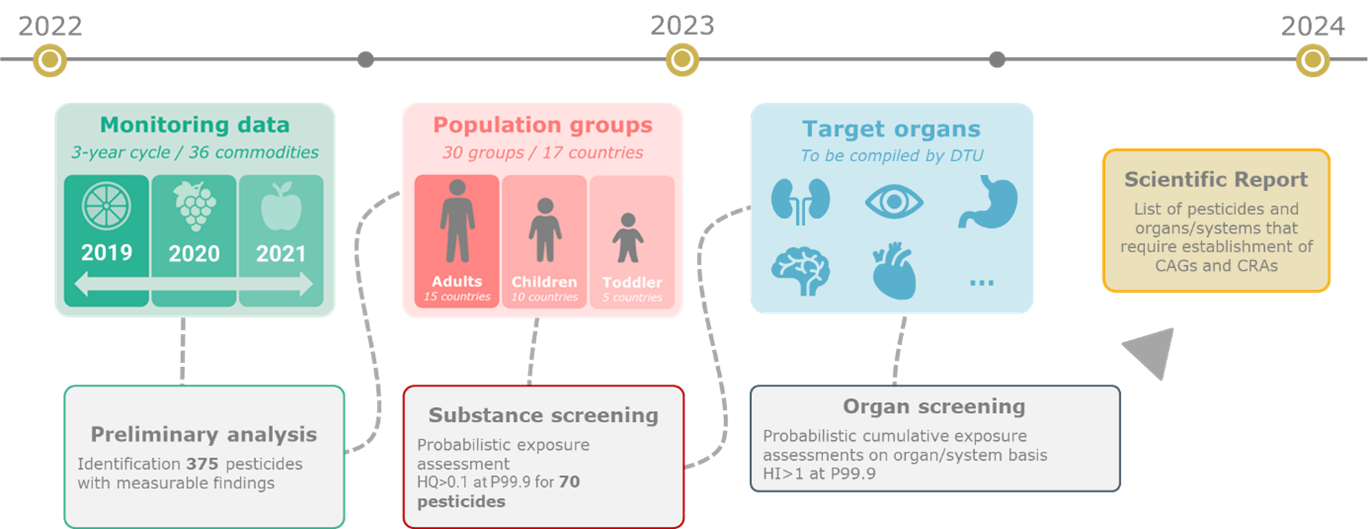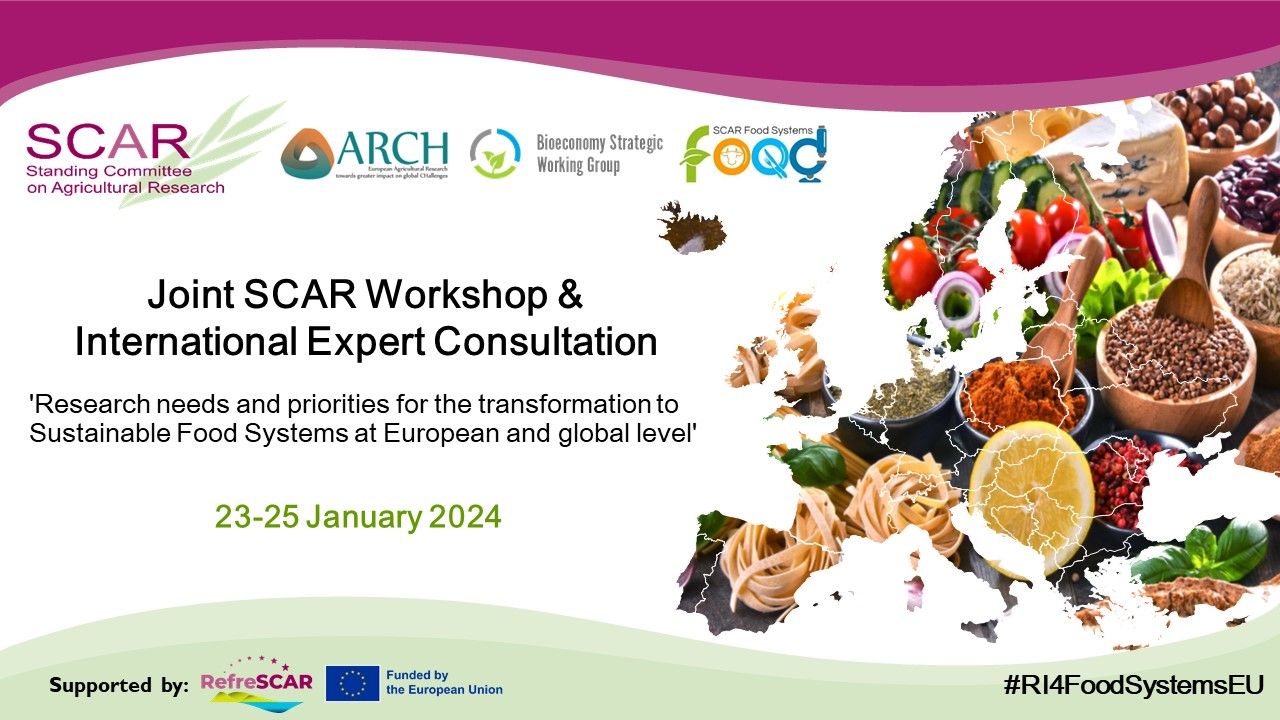What are preservatives and what are common examples used in food?

Read in other languages: FR | IT | DE | ES
Preservation techniques have been used as far back as the 14th century when man first used salt (salting) and smoke (curing) to stop meat and fish from going bad. Nowadays, the use of food additive preservatives has become an indispensable part of the food we eat. Despite a number of misgivings about their safety, our increasing demand for greater choice, ease and convenience of foods, and our high standard of food safety, makes them a vital component in our food systems. Let’s explore the varying ways preservatives keep our foods fresh, safe, and shelf stable.
What are preservatives and how do they work?
Preservatives are food additives that play an important role in making foods last longer or taste better. Specifically, preservatives help to control and prevent the deterioration of food, providing protection against spoilage from micro-organisms (e.g., bacteria, yeast, moulds), life-threatening botulism, and other organisms that can cause food poisoning (antimicrobial function).1 High-risk foods such as meat, seafood, dairy, and cheese serve as a breeding ground for potentially dangerous micro-organisms, therefore, the addition of a preservative is usually required to ensure food safety.2 Next to spoilage caused by micro-organisms, it can also be brought about by chemical (e.g., oxidation) or physical (e.g., temperature, light) factors.1 Preservatives are also used to prevent these types of spoiling reactions in order to prevent any alterations in foodstuff’s taste or, in some cases, their appearance (antioxidant function). Without the addition of a preservative, certain foods may turn rancid or change in colour. Ultimately, preservatives protect the quality of foods and beverages, reduce food cost, improve convenience, lengthen shelf-life, and reduce food waste.
Besides the use of food additive preservatives, foods can also be preserved by different processing methods like canning, dehydration (drying), smoking, salting, freezing, and the use of packaging.4 Some practical examples include the canning of jams and tomato sauce, drying fresh fruits to make dried fruit, and adding salt to cabbage to make sauerkraut. In this article, however, we will focus on food additive preservatives only.
What are different types of preservatives?
Preservatives currently used in food production are either extracted from natural sources or synthetically produced.1 For example, the preservative natamycin (E235), which is widely used in the surface treatment of cheese and sausages, can be naturally sourced from bacteria commonly present in soil.3 Natural preservatives can also be sourced from plants, animals, fungi, and algae.1 Furthermore, common kitchen staples like salt and sugar can also be used to naturally preserve food in certain cases, for example when making pickles or sauerkraut.4
Preservatives can be broadly categorized into so-called antimicrobial preservatives and antioxidant preservatives. However, many of the preservatives, like the sulphites used in wine and nitrates used in meat, serve both functions.1 Antimicrobial preservatives like sulphur compounds such as the sulphites (E220-228) are used to inhibit the growth of bacteria e.g., in wine, dried fruits, vegetables in vinegar or brine.5 Sorbic acid (E200) can be used for many different purposes, including the preservation of potato products, cheese and jam.6 Benzoic acid and its calcium, sodium or potassium salts (E210-213) are used as antibacterials and antifungals in foods such as pickled cucumbers, low sugar jams and jellies, dressings, condiments.7 Antioxidant preservatives are often used in minimally processed vegetable products such as ready-to-use salads, freshly cut fruit, and fresh juices, where browning is a significant concern.1 Ascorbic acid (E300) and citric acid (E330) can be used to prevent browning because it inhibits a certain enzyme that in the presence of oxygen creates brown pigments.
Examples of widely used preservatives in the EU:1,3,5-14
| Type of preservative | E-number | Substance/class | Some foodstuffs in which they are commonly used |
| Antimicrobials | E200-203 | Sorbic acid and sorbate compounds | Processed cheese, processed fruit and vegetables, bread and rolls, fine bakery wares, sauces, potato products |
| E210-213 | Benzoic acid and benzoate | Flavoured fermented milk products, fruit and vegetables, confectionery, processed fish and fishery products | |
| E235 | Natamycin | Surface treatment of cheese and sausage | |
| E280-283 | Propionic acid and propionates | Vinegar, cheese products, milk products, shellfish, coffee | |
| Antioxidants | E300-302 | Ascorbic acid (i.e., vitamin C) and ascorbates | Fine bakery wares, fruit juices, flavoured drinks, unprocessed fruits and vegetables |
| E306-309 | Tocopherol | Meat products, food supplements, fine bakery wares, fats and oils, flavoured drinks | |
| E320-321 | Butylated hydroxyanisole (BHA) & butylated hydroxytoluene (BHT) | Oils, margarines, fat-containing products | |
| E330 | Citric acid | Non-alcoholic drinks, jams and jellies, sauces, cheese, canned vegetables | |
| Antimicrobials & antioxidants | E220-228 | Sulphur dioxide and sulphite compounds | Dried fruits, fruit preservatives, processed potato products, wine |
| E249-252 | Nitrite and nitrate compounds | Meat products, pizzas, poultry products, sandwiches/wraps |
Are preservatives bad for you and should you avoid them?
There has been much public concern that some food additives cause adverse reactions, although careful investigations show that it is mostly based on misconception rather than on identifiable adverse reactions. Preservatives have rarely been shown to cause true allergic (immunological) reactions. Among the food additives reported to cause adverse reactions are some preservatives from the group of sulphiting agents, which include several inorganic sulphite additives (E220-228), and benzoic acid and its derivatives (E210-213), may trigger asthma characterised by breathing difficulties, shortness of breath, wheezing and coughing in sensitive (e.g. asthmatic) individuals.5,7 However, in general, due to stringent EU legislation governing the safety assessment of additives, preservatives can be generally regarded as safe for most consumers.
The European Parliament together with the European Council has laid down a detailed labelling system for food additives to enable consumers to make informed choices with regard to foods containing preservatives.15 Legislation also stipulates that additives are labelled on the packaging of food products by their category (preservative, colour, antioxidant, etc) with either their name or E-number.
Summary
Food additive preservatives are still necessary to ensure the safety and variety of different foodstuffs available. They function through delaying the spoiling of foodstuffs and preventing any alterations in their taste or appearance. Their assessment and use in foodstuffs is tightly controlled at both the European and the international level.
References
- García-García, R., & Searle, S. S. (2016). Preservatives: food use. Encyclopedia of Food and Health, 505-509
- Canadian Institute of Food Safety. (2021). Understanding Food Preservatives: What Are The Health Risks? Retrieved from https://www.foodsafety.ca/blog/food-preservatives-what-are-health-risks
- EFSA Panel on Food Additives and Nutrient Sources added to Food (ANS). (2009). Scientific Opinion on the use of natamycin (E 235) as a food additive. EFSA Journal, 7(12), 1412.
- Liegeard, J., & Manning, L. (2020). Use of intelligent applications to reduce household food waste. Critical reviews in food science and nutrition, 60(6), 1048-1061.
- EFSA Panel on Food additives and Nutrient Sources added to Food (ANS). (2016). Scientific Opinion on the re‐evaluation of sulfur dioxide (E 220), sodium sulfite (E 221), sodium bisulfite (E 222), sodium metabisulfite (E 223), potassium metabisulfite (E 224), calcium sulfite (E 226), calcium bisulfite (E 227) and potassium bisulfite (E 228) as food additives. Efsa Journal, 14(4), 4438.
- EFSA Panel on Food Additives and Nutrient Sources added to Food (ANS). (2015). Scientific Opinion on the re‐evaluation of sorbic acid (E 200), potassium sorbate (E 202) and calcium sorbate (E 203) as food additives. EFSA Journal, 13(6), 4144.
- EFSA Panel on Food Additives and Nutrient Sources (ANS). (2016). Scientific Opinion on the re‐evaluation of benzoic acid (E 210), sodium benzoate (E 211), potassium benzoate (E 212) and calcium benzoate (E 213) as food additives. EFSA Journal, 14(3), 4433.
- EFSA Panel on Food additives and Nutrient Sources added to Food (ANS). (2014). Scientific Opinion on the re‐evaluation of propionic acid (E 280), sodium propionate (E 281), calcium propionate (E 282) and potassium propionate (E 283) as food additives. EFSA Journal, 12(7), 3779.
- EFSA Panel on Food additives and Nutrient Sources added to Food (ANS). (2015). Scientific Opinion on the re‐evaluation of ascorbic acid (E 300), sodium ascorbate (E 301) and calcium ascorbate (E 302) as food additives. Efsa Journal, 13(5), 4087.
- EFSA Panel on Food additives and Nutrient Sources added to Food (ANS). (2015). Scientific Opinion on the re‐evaluation of tocopherol‐rich extract (E 306), α‐tocopherol (E 307), γ‐tocopherol (E 308) and δ‐tocopherol (E 309) as food additives. EFSA Journal, 13(9), 4247.
- EFSA Panel on Food Additives and Nutrient Sources added to Food (ANS). (2012). Scientific Opinion on the re‐evaluation of butylated hydroxytoluene BHT (E 321) as a food additive. EFSA Journal, 10(3), 2588.
- EFSA Panel on Food Additives and Nutrient Sources added to Food (ANS). (2011). Scientific Opinion on the re‐evaluation of butylated hydroxyanisole–BHA (E 320) as a food additive. EFSA Journal, 9(10), 2392.
- EFSA Panel on Food Contact Materials, Enzymes, Flavourings and Processing Aids (CEF). (2016). Safety assessment of the active substances citric acid and sodium hydrogen carbonate for use in active food contact materials. EFSA Journal, 14(7), e04529.
- EFSA Panel on Food Additives and Nutrient Sources added to Food (ANS), Mortensen, A., Aguilar, F., Crebelli, R., Di Domenico, A., Dusemund, B., … & Younes, M. (2017). Re‐evaluation of potassium nitrite (E 249) and sodium nitrite (E 250) as food additives. Efsa journal, 15(6), e04786.
- European Parliament and the Council of the European Union. (2008). Regulation (EC) No 1333/2008 of the European Parliament and of the Council of 16 December 2008 on food additives. Off J Eur Union, 354, 16-33.
This article was produced in collaboration with European Food Information Council (EUFIC) as part of a joint food additive campaign.
Latest Articles

Towards AI-driven emerging Risk Assessment: a multi-stakeholder perspective
The EU Food Safety Platform: a journey from Bari to Brussels and beyond

Towards holistic, AI-driven emerging risk assessment: catching stakeholders’ needs in Living Labs

Protecting public health: understanding the importance of cumulative risk assessment of pesticides

SCAR consultation workshop on Sustainable Food Systems: highlights from EU FOOD SAFETY PLATFORM

Pioneering advances in the EU Food Safety System: highlights from the first EU Food Safety Forum


